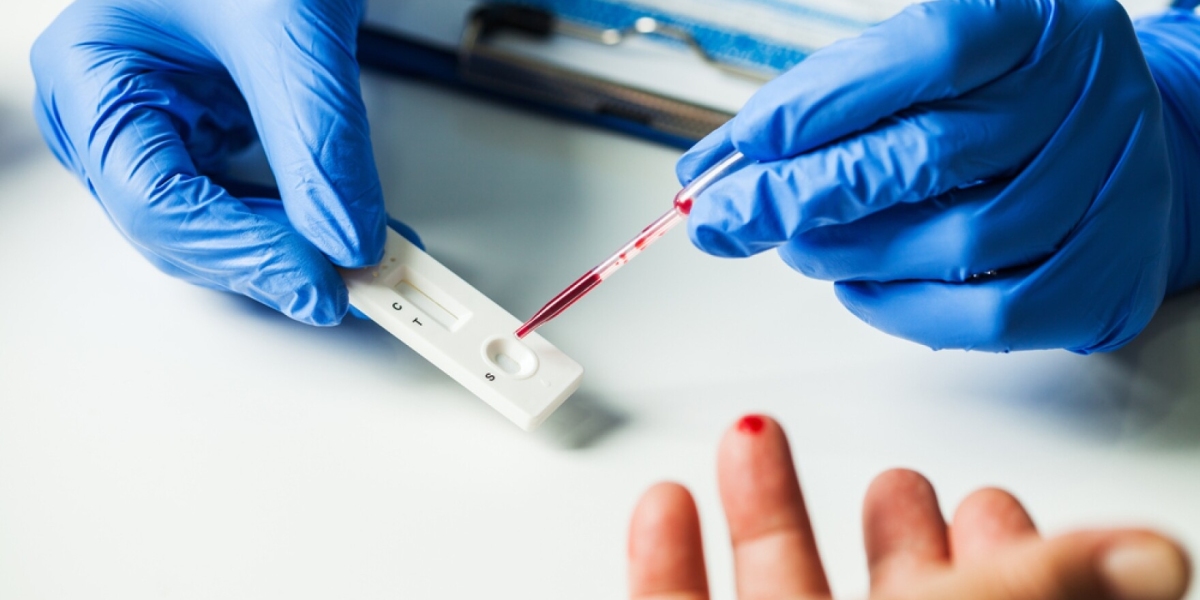Rapid diagnostics refers to diagnostic tests and procedures that can produce results quickly, without requiring the extensive time needed for traditional diagnostics methods. These tests allow for faster detection of diseases, infections, and other medical conditions. Rapid diagnostics techniques enable quicker clinical decision-making and treatment.
Types of Rapid Diagnostic Tests
Point-of-Care Testing
Point-of-care testing (POCT) refers to diagnostic tests performed near or at the site of the patient. POCT allows providers to obtain results in minutes rather than hours or days. Examples of POCT include rapid influenza tests, rapid strep tests, fingerstick blood glucose monitoring, and lateral flow tests for infections. The portability, quick turnaround, and lack of need for specialized labs make POCT very useful in emergency rooms, physician offices, and other decentralized care settings.
Lateral Flow Immunoassays
Lateral flow immunoassays are a common type of POCT. Rapid Diagnostics are simple to use and provide rapid results within 30 minutes. These tests utilize immunochromatographic flow of biological samples through strips containing antibodies designed to detect and signal the presence of target antigens. Examples include home pregnancy tests, rapid HIV tests, and rapid Monkeypox tests. The ease of use of lateral flow tests has enabled their widespread adoption for infectious disease screening.
Molecular Diagnostics
Molecular diagnostic techniques like polymerase chain reaction (PCR) allow rapid identification of pathogens by amplifying and detecting their nucleic acid signatures. Real-time or quantitative PCR can generate results in under an hour. Isothermal amplification methods like Loop-mediated Isothermal Amplification (LAMP) provide PCR-equivalent sensitivity even more rapidly without the need for specialized thermal cycling equipment. The high specificity of molecular tests is well-suited for detecting viral and bacterial infections with precision.
Clinical Applications of Rapid Diagnostics
Emergency Departments
Rapid diagnostics play a critical role in emergency departments by expediting diagnosis and treatment decisions. Tests for conditions like myocardial infarction, stroke, sepsis and meningitis provide ED physicians fast results to determine appropriate patient dispositions. Rapid influenza and strep throat tests help determine if patients need antivirals or antibiotics sooner.
Urgent Care Centers
Urgent care centers also rely heavily on rapid diagnostics to efficiently evaluate and treat a wide variety of common acute illnesses and infections. Rapid strep, flu, respiratory pathogen panels and urine analyzers enable urgent care providers to diagnose and prescribe the right treatment in a single clinic visit.
Outpatient Practices
Even in normal outpatient settings, rapid diagnostics are useful for ensuring visits are productive without unnecessary follow-ups. Rapid strep, flu and pregnancy tests help primary care physicians determine treatment needs immediately during sick or well-woman visits. Rapid PCR panels detect multiple infections to better guide appropriate antibiotic usage for respiratory illnesses.
Benefits of Rapid Diagnostics
In addition to enabling faster diagnosis and treatment decisions at the point of care, rapid diagnostics provide many other advantages over conventional laboratory methods:
- reduced laboratory turnaround times, which can improve patient outcomes and satisfaction
- ability to test and detect pathogens that traditional methods may miss
- opportunity for decentralized testing outside centralized laboratories to reach rural/underserved areas
- containment of spread of infections as positive patients can be rapidly identified and isolated
- lower overall healthcare costs by reducing unnecessary treatment, additional testing and hospitalization
- practical for resource-limited settings worldwide due to simple sample collection and processing
Future Directions in Rapid Diagnostics
The rapid diagnostics field continues advancing to develop even faster, portable, affordable, sensitive and multiplexed testing solutions. Future areas of focus include:
- microfluidics and smartphone-enabled devices for true sample-to-result POCT in under 15 minutes
- 3D biosensing for early disease detection by analyzing combinations of protein and molecular biomarkers
- machine learning integration for automated interpretation of complex diagnostic results
- minimally invasive sample collection from saliva or breath rather than blood or swabs
- application of CRISPR and other novel technologies to achieve comprehensive pathogen screening
Rapid diagnostics have revolutionized clinical care by making fast and actionable detection of diseases an everyday reality at the point of need. Continued innovation will further expand the availability and role of rapid testing worldwide to improve healthcare outcomes.
Get More Insights On This Topic: Rapid Diagnostics









